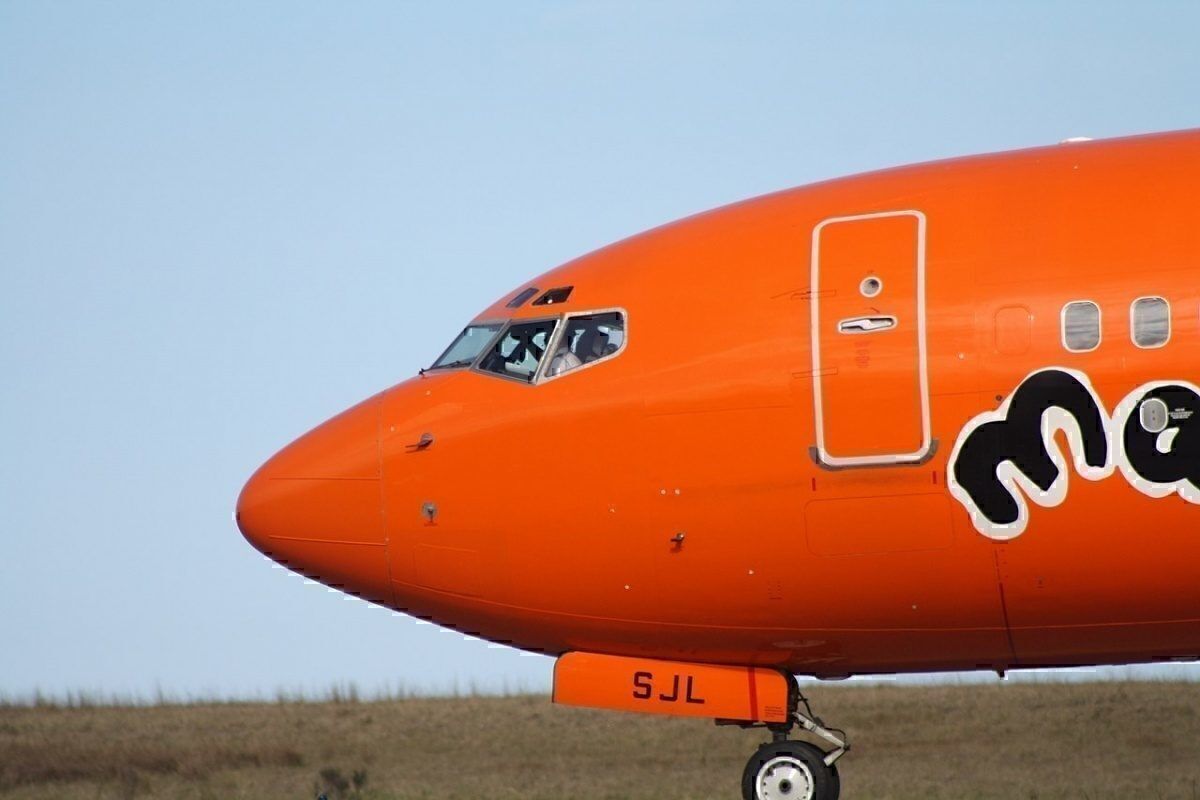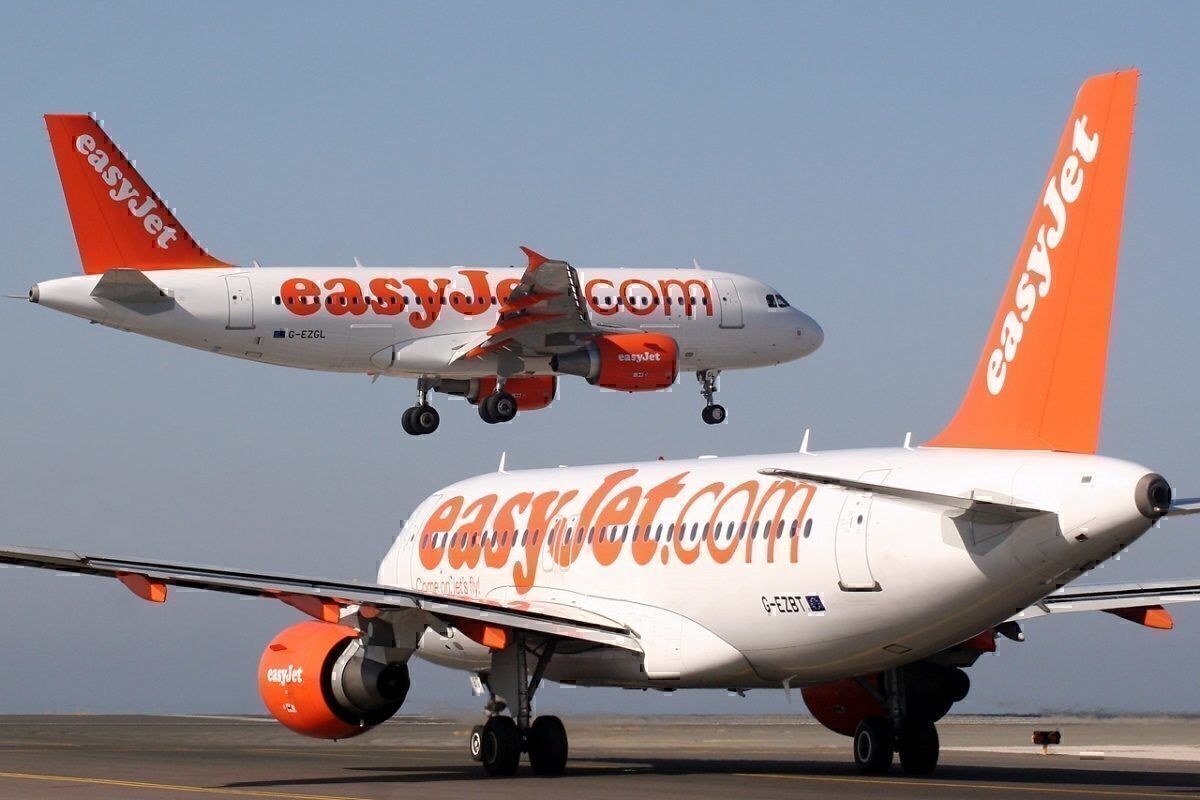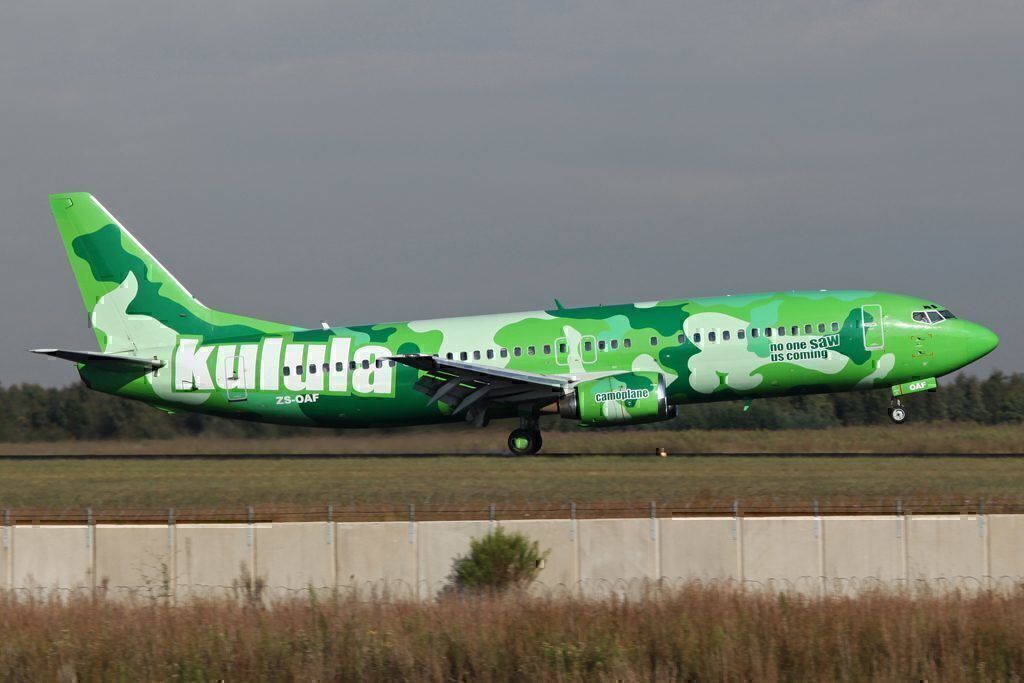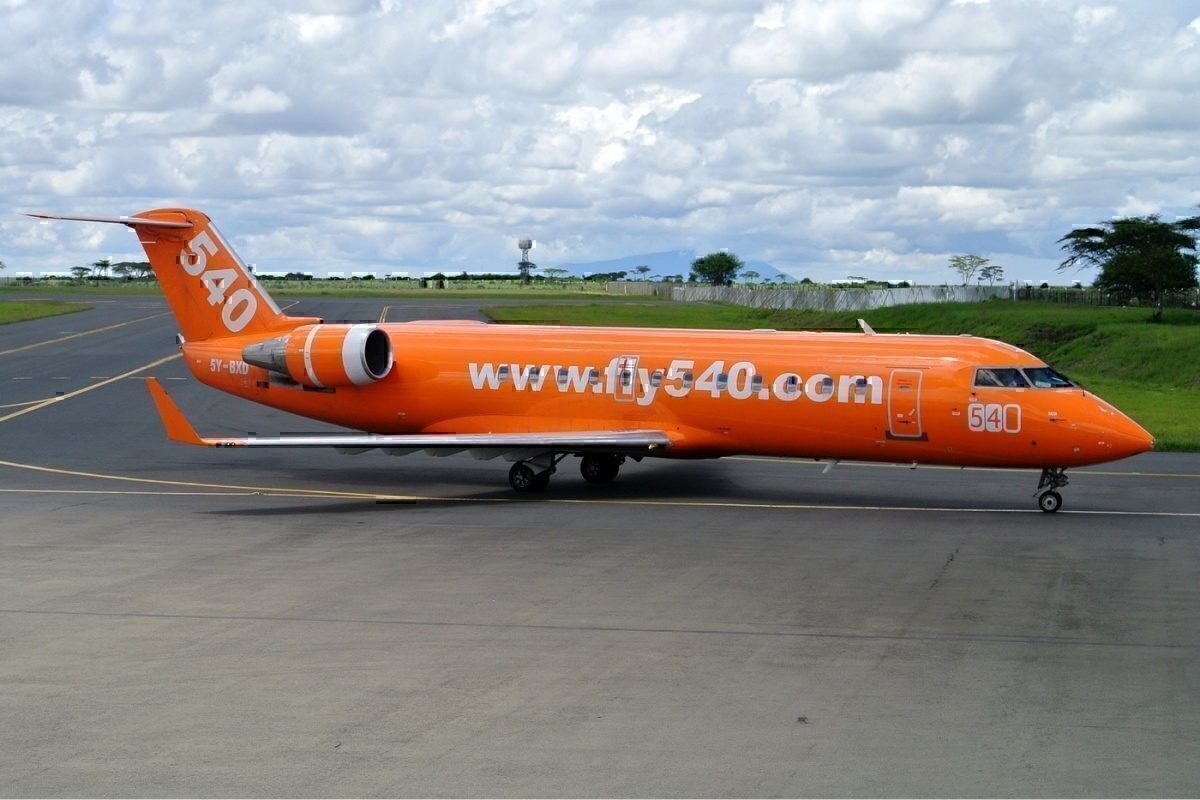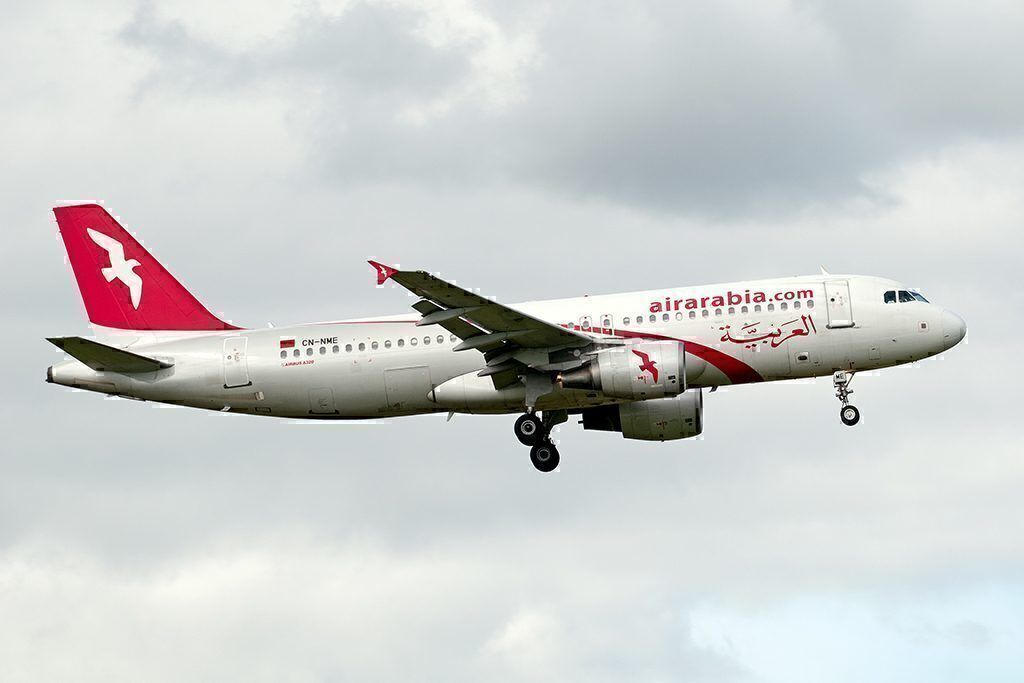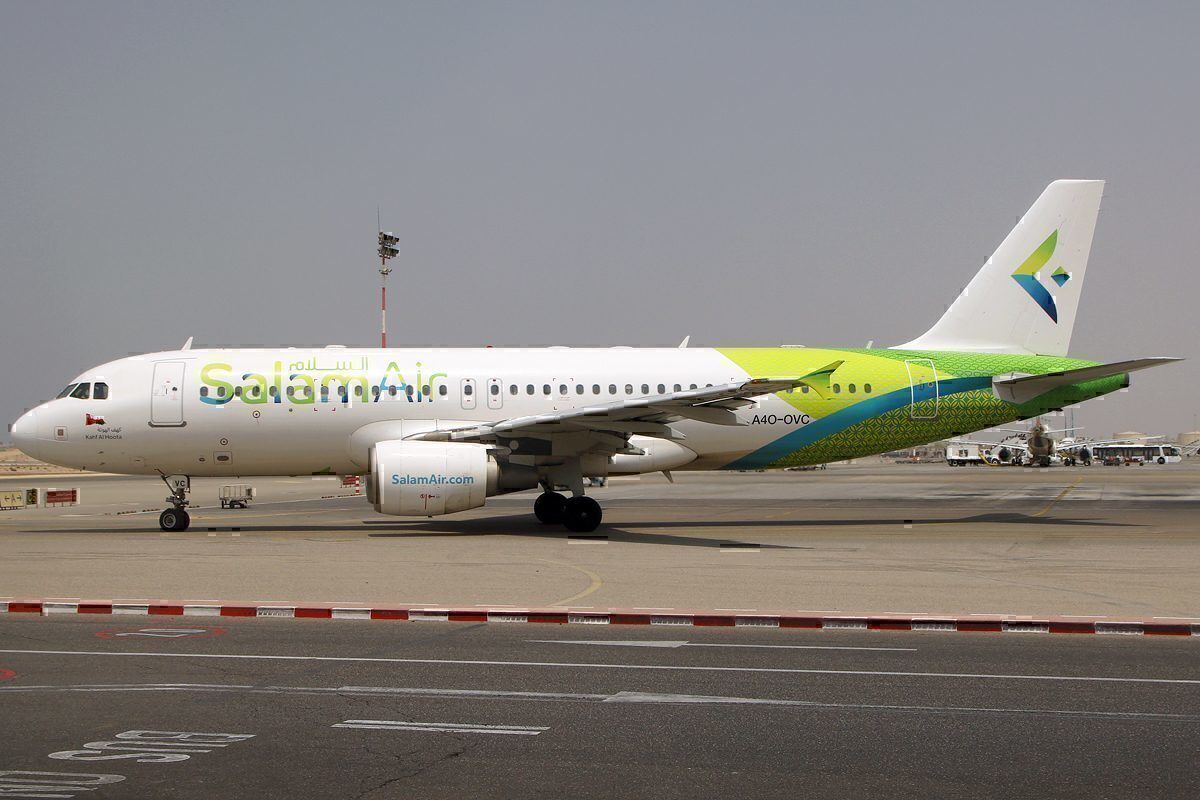In the early 2010s, a group of easyJet executives planned to launch a low-cost carrier (LCC) in the world's most underserved aviation market, Africa. The business model was tried and tested, the management team venerable, and yet, the airline, Fastjet, has faced significant challenges. Here, we explore why Africa is challenging for the LLC model.
The Western LCC model
Although there are numerous LCCs across the globe, carrier such as Ryanair, Southwest, and easyJet arguably epitomize the model to varying degrees. Although these airlines are different from one another, they all have a focus on operational cost reductions and point-to-point services.
To achieve these operational cost reductions, LCCs generally operate a single aircraft type, outsource operations, un-bundle fares, and use secondary airports.
The result is a comparatively lean and agile operation, at least when contrasted to traditional legacy carriers. For example, Ryanair carried 130m passengers in 2018 with under 18,000 staff. Conversely, the Lufthansa Group carried 142m passengers with around 130,000 employees worldwide.
Structural challenges to the LCC model in Africa
LCCs necessitate low-cost alternatives for basic services, the most pressing of which are airports. In Europe and North America, LCCs have greatly benefited from using secondary airports such as London Stansted or Frankfurt-Hahn, for example.
On the African continent, however, few low-cost airport alternatives exist. Instead, all airlines must operate out of the same airports as their legacy competitors.
Moreover, according to a 2013 African Airlines Association (AFRAA) and ICAO publication, African airport charges are generally much higher than the global average. Indeed, more than 12 major African airports charged at least US$10 more per passenger than Europe's second most expensive airport at the time, Frankfurt.
Soaring fuel bills
Fuel prices are a global factor affecting every airline in operation. In an attempt to mitigate the costs associated with price variations, many airlines hedge fuel. This is a means of capping or fixing the cost of fuel in the future based on projections. Although hedging is an international practice, regional variations in pricing are considerable.
As one might expect, fuel prices on the African continent are, unfortunately, significantly higher than industry averages. According to the 2013 AFFRA/IATA publication, the difference can be up to a two-fold increase in price per unit compared to the international average. This trend has not decreased in recent years either, with IATA outlining similar phenomena in 2018.
For an LLC, whose model necessitates a sustained downward pressure on operational costs, out of control volatility and high unit prices for inputs, such as fuel, undermine the model itself.
Taxes, charges and all things government
In addition to comparatively high airport levies and above industry average fuel costs, all airlines in Africa face significant government-imposed charges.
For example, Cameroon levies US$37 tax per passenger, while Niger accumulates $80 per ticket in varied fees. For comparison, the UK's Air Passenger Duty (APD) ranges between £13 ($16) and £78 ($97) for flights less than 2,000mi, depending on the class of service.
Although the fees aren't drastically different, one has to note that the United Kingdom has a gross domestic product per capita, adjusted for purchasing power parity, ten times that of Sub-Saharan Africa.
These government-imposed fees, which are largely intended to promote aviation development, end up increasing the ceiling price of tickets. This, in turn, prices out many would-be travelers.
Taken all together...
High fixed operational costs stemming from airport levies, fuel charges, and government-imposed taxes, eliminate many of the cost advantages inherent to the LCC model.
Additionally, airlines operating in Africa must face low rates of financial inclusion, limited purchasing power, and protectionist aviation policies.
Is there anything we missed? Do you think the low-cost model could work in Africa? Why have we seen LCC successes in South-East Asia and not Africa? Let us know in the comments.
Correction: A previous version of this article erroneously suggested that Fastjet operated the ATR-72 aircraft. While the airline ordered the turboprop, it is understood that Fastjet never took delivery.

